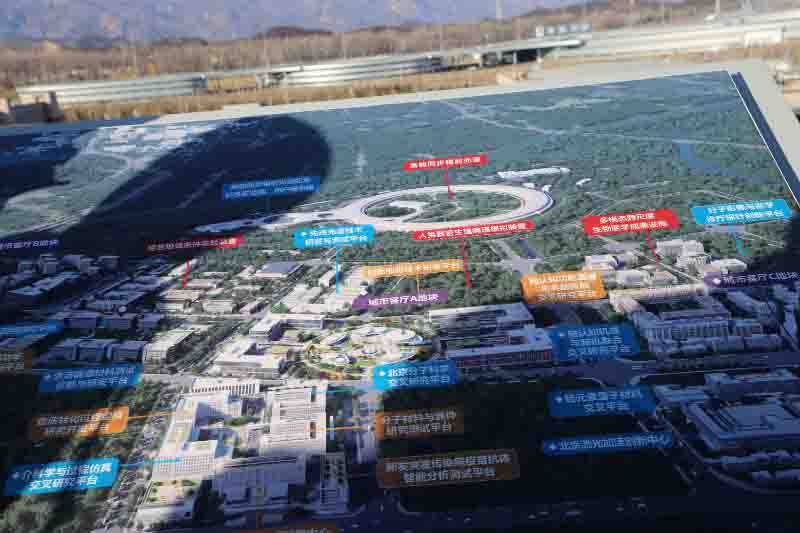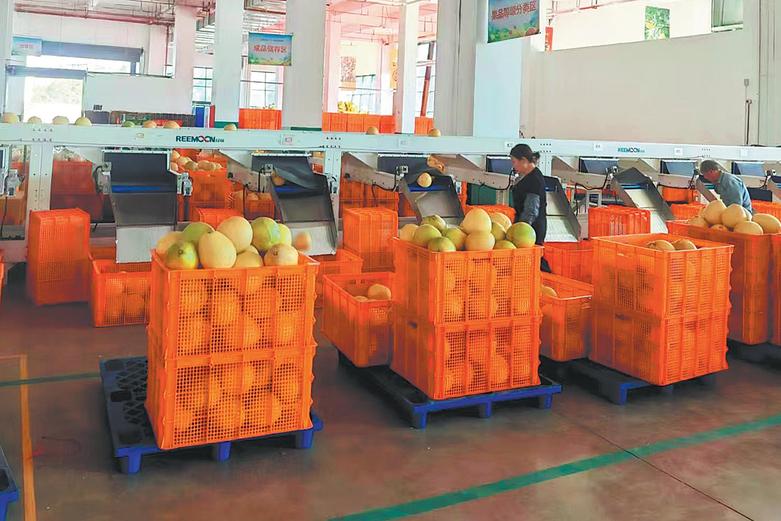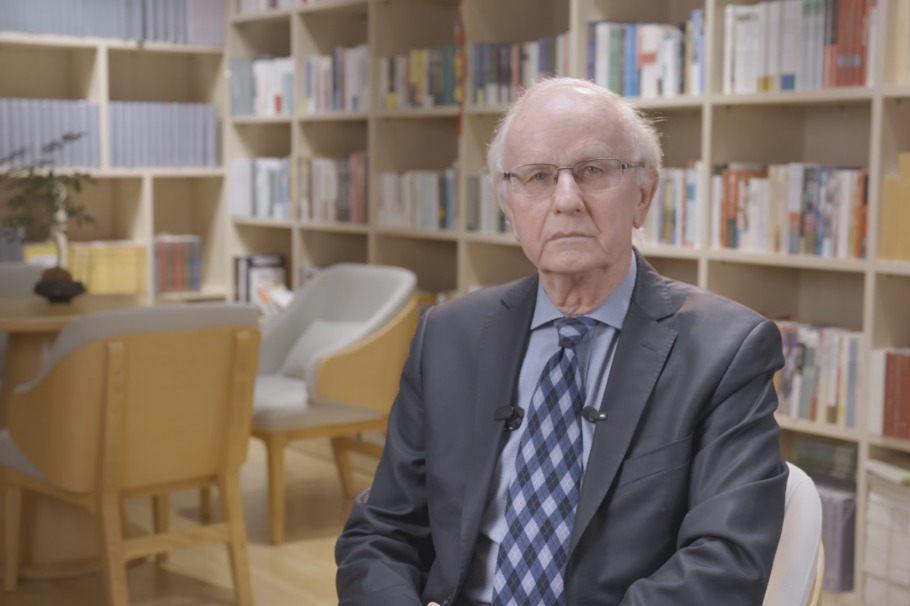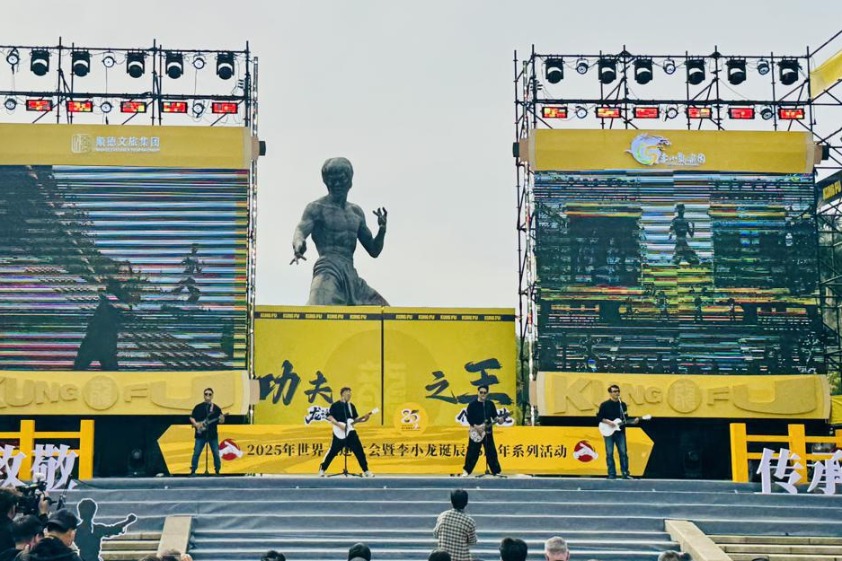Beijing opens extreme-condition research facility


In December, Google's quantum chip solved a calculation in five minutes that would take a conventional computer longer than the age of the universe.
"This staggering leap in capability — termed 'quantum supremacy' or 'quantum advantage' — is a critical frontier in global computing competition. It's why we're racing to develop quantum technologies," Li said.
At the facility, China's self-developed refrigeration and thermal insulation systems can achieve temperatures infinitely close to absolute zero essential for advanced experiments.
Meanwhile, ultrafast light fields allow scientists to capture the motion of tiny particles such as electrons, said Dong Shuo, an associate researcher at the academy's Institute of Physics.
"Attoseconds represent the smallest timescale that human instruments can currently resolve. At this scale, we can not only observe a smaller physical world but also achieve extremely precise control over instruments by using attosecond lasers as switching devices," she said.
"Imagine this: Using a human hand to flip a switch might take one-hundredth of a second, while a robotic arm could do it in one-thousandth of a second. But a laser switch can operate in femtoseconds," she said.
Femtosecond laser eye surgery is one such application of ultrafast light technology.
"In this facility, we can expect to generate even shorter attosecond laser pulses and develop new equipment to produce such lasers. Ultimately, these advancements will find applications in fields such as medicine and space observation," Dong said.
"The SECUF is just the first step. We start with lab research, but the superconductors, quantum chips and laser devices developed here will eventually transform industries and daily life," said Zhou Rui, head of the facility's High Magnetic Field Nuclear Magnetic Resonance Experimental Station.
The facility allows scientists to freely combine extreme conditions, such as specific magnetic fields and temperatures, to test material properties.
"Researchers worldwide can collaborate here, share samples and spark new ideas, fostering a world-class scientific environment. That's another great advantage of constructing such an integrated platform," Zhou said.
By enabling cross-disciplinary collaboration, the SECUF is expected to attract top talent, accelerate research and pioneer entirely new fields of study, according to the academy.
- Intl students showcasing global business acumen in Shanghai
- CPC expels former senior official of Guangxi
- Shanghai university unveils sustainable, efficient water treatment system
- Fire at auto business park in Jiangsu claims one life
- Magnitude 6.0 earthquake strikes Akqi county in Xinjiang
- Shenzhou XXI team to carry out first spacewalk





































